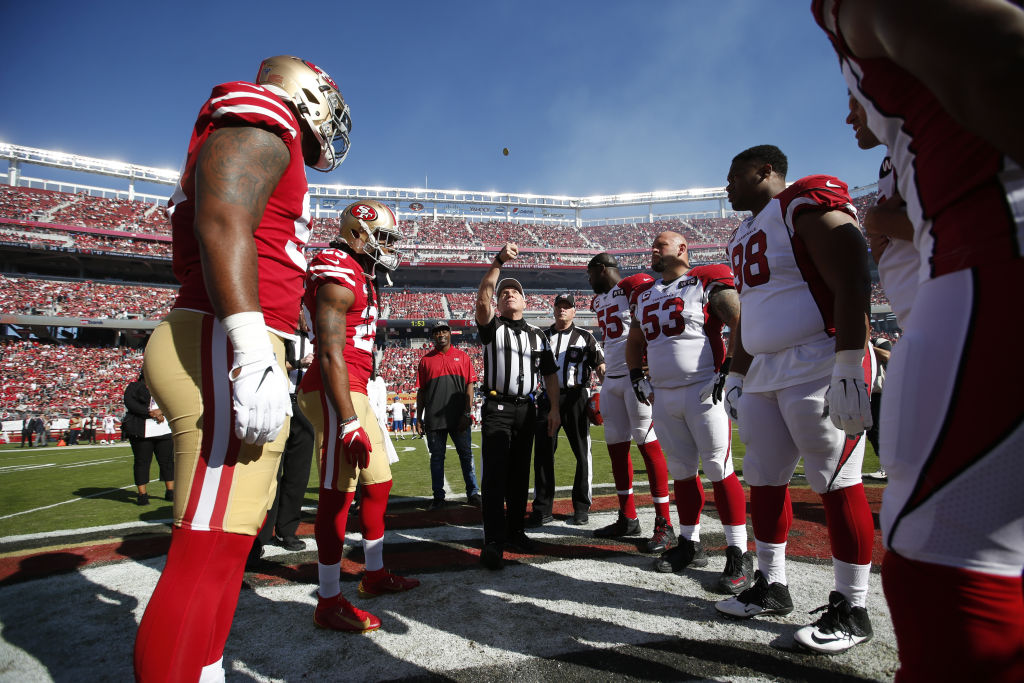NFL
Why Do NFL Teams Defer After Winning the Coin Toss?

The use of the coin toss in professional football dates back to 1892. The current NFL rule dictates that both team captains meet at the 50-yard line three minutes before kickoff to determine which team will have possession of the ball first.
The away team captain calls heads or tails as the referee tosses the coin in the air. The winner of the toss has the option to kick or receive. Prior to 2008, teams would elect to receive 99% of the time. A decade later and things have drastically changed.
Winning teams chose to receive

It made sense for the winning team of the coin toss to receive. If they chose to kick, the opposing team would have possession of the ball at the start of the game and again at the start of the second half.
There were only eight games from 1999 to 2007 where winning teams of the coin toss chose to kick. The NFL took notice of this trend and decided to make a rule change.
Why NFL teams defer the coin toss
To level the playing field, the NFL changed the coin toss rules. Starting in 2008, the winning teams could now choose to kick, receive, or defer. This was previously only allowed at the college level. If a team deferred, they had the option of receiving at the start of the second half.
Once the new coin-toss defer rule was implemented, teams started to select this option 39% of the time. Ten years later, winners of the coin toss now defer 92% of the time. According to ESPN, five out of six coaches will choose to defer even though there is little statistical evidence that this gives them an advantage.
Since an extra possession is more beneficial in the second half, it could be possible that coaches are banking on gaining momentum toward the end of the game.
The coaching strategy behind the coin toss
When the New England Patriots win the coin toss, head coach Bill Belichick chooses to defer 95% of the time. The Dallas Cowboys, on the other hand, elect to defer only 26% of the time. With the Patriots’ successful track record, other coaches may think deferring is the way to go.
Some believe coaches are waiting until the second half to get a better feel for how the opposing team is performing. Others think it could be a matter of “herd mentality.” It’s possible that weather is a factor in decision-making. Or, maybe it’s just the thing to do these days. Regardless, it seems like everyone is doing it.
When asked why so many coaches are choosing to defer, the Houston Texans’ special teams coach Brad Seely explained that it “comes down to the chance to pair a score at the end of the first half with one at the start of the second. It’s the only opportunity a team has for two straight possessions and can be a chance to instantly put the game out of reach.”
Seely explained that every coach would love to see their team get the ball at the start of the second half after a two-minute drive at the end of the first half. It’s a perfect game-winning scenario.
Super Bowl coin tosses
The coin toss rule change of 2008 has affected the Super Bowl as well. Since the rule was implemented, nine out of the 10 teams chose to defer and take possession in the second half. The only team not to select this option was the New Orleans Saints in 2009.











